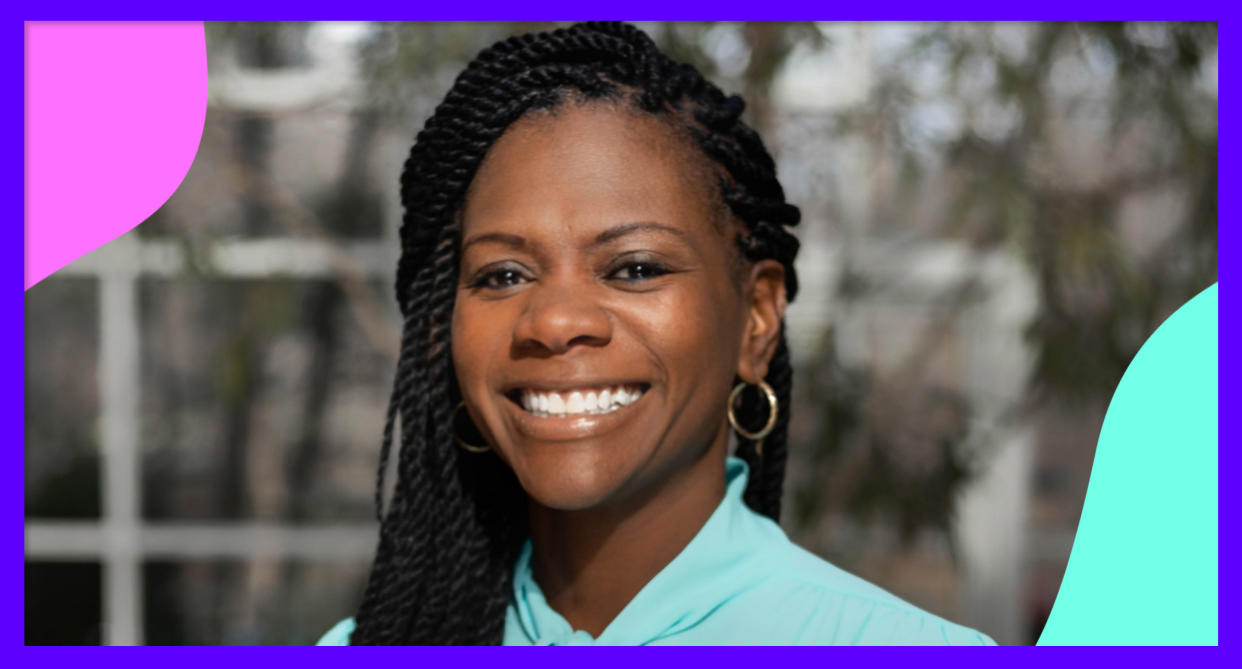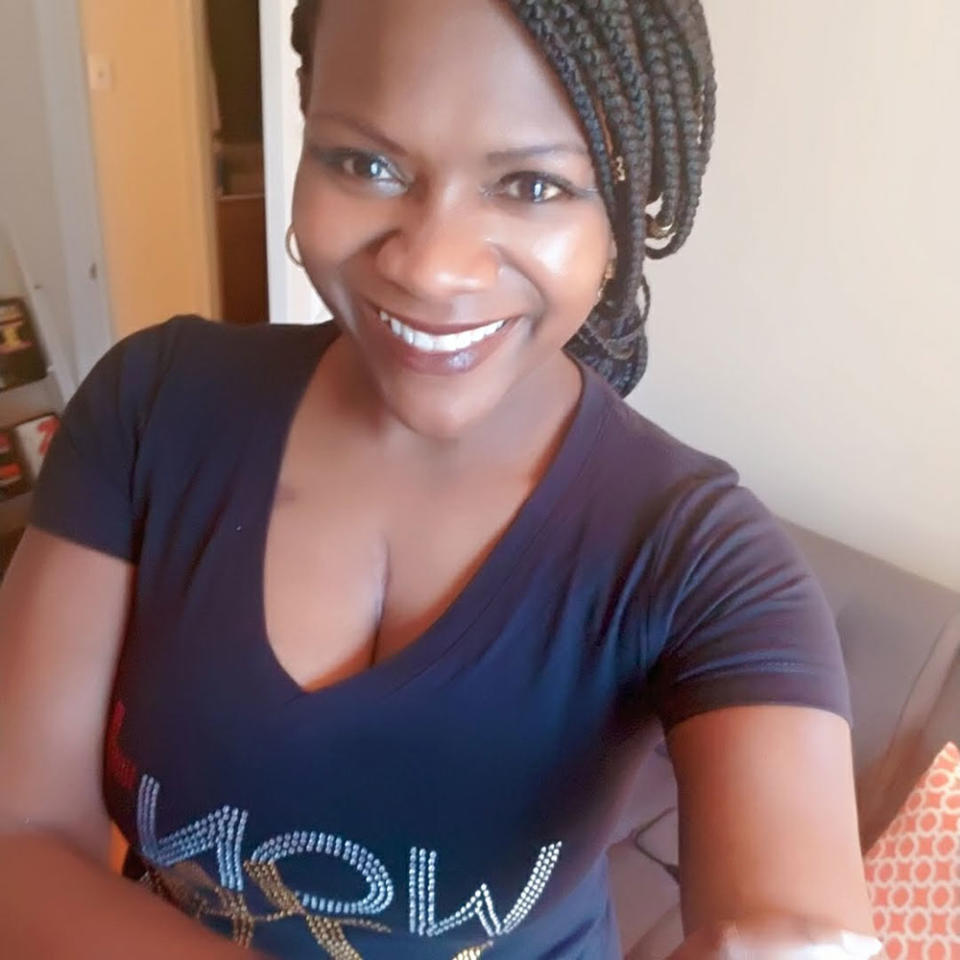'I developed heart failure in my 20s': How one woman's battle with the chronic medical condition taught her to value her life

Monique Acosta House knew something was wrong with her health when she started feeling really tired during her senior year of college. Still, she wrote it off as a typical college student thing.
“I started having a lot of left arm pain and I was sleeping any time I wasn’t working or in class,” she tells Yahoo Lifestyle. “I was trying to lose weight and was running a lot — I thought it had something to do with that.”
But when House fainted during a run, she went to the doctor. There, she was given a stress test and was told she was out of shape. So, she left and went about life as usual. But on one Sunday, she felt so terrible that she went to the emergency room.
“Doctors were like, ‘Wow. Your heart rate is all over. Your pulse is erratic. Something is wrong with you,’” House recalls. She was asked to come back the following day for additional testing, but House was hesitant given that she had to go to work that day. Eventually, she promised to come back before work.
The next day, House underwent an echocardiogram, a test that uses an ultrasound to take pictures of your heart. “The technician took a long time to do the testing,” House says. “He left at one point and brought back the radiologist. They were talking in hushed tones and I kept saying, ‘I’ve got to go. I’ve got to get to work,’ but they urged me to stay.” Eventually, House says, a cardiologist came in and gave her a diagnosis: heart failure.
“The doctor said, ‘We don’t even understand how you’re able to function. It’s critical. We need to admit you now,’” she says. ”The left side of my heart wasn’t pumping the way it should.”
House was hospitalized for about a week while she underwent testing.
She was given blood thinners and other medication before she was discharged.
“It was very overwhelming because my biological mother died at 20 in her sleep and it was due to a heart-related condition,” House says. “At this point, I was 21. I automatically thought I had the same thing she had. My grandmother raised me and I thought about how this would impact her. She had already lost one daughter.” House says that calling her grandmother about her diagnosis was “the hardest conversation I’ve ever had to have.”
House was specifically diagnosed with idiopathic cardiomyopathy, which means the exact cause of her heart failure was unknown. “They said it could have been viral or genetic,” she says. “What they did know was that it was critical.”
After she was discharged, House enrolled in a study and went on a heart failure drug that was under trial. “It saved my life,” she says.
House eventually started her career and, she says, stopped taking her medication. “I was fine on my medication, I had just gotten married, and I took a corporate job,” she says. “You think you’re immortal. My pill regimen did not fit in with my lifestyle and I was lazy about taking my medication.” But she started having extreme fatigue again in her mid-30s.
“I was pretty functional,” she says. “I did have spells where I wasn’t doing well, but I was able to have a child which was tremendous.” Overall, House says she was living a “relatively normal life” but her heart function got so low that she needed a defibrillator, a machine that sends an electric current to the heart to control irregular heartbeats.
“It was a lifesaving measure but it was also traumatic because, when you get shocked, you realize you could have died,” she says. “I would just go about my day and get shocked. It felt like someone hit me in the chest with a bowling ball.”

In 2013, House’s grandmother passed away.
“I grieved very hard,” she says. “I stopped exercising and that was my bridge to health. My heart failure really started to pick up after that.”
Every time House’s defibrillator would shock her, it would cause the muscle in her heart to deteriorate. Eventually, she was told she needed a heart transplant. At the time, her ejection fraction (a measurement of how well your heart is pumping) was just 15 percent. (A normal ejection fraction is 50 to 70 percent, according to the American Heart Association.)
“I was surprised. In my mind, I was still okay,” House says. But at the time, she was so sick that she would have to stay in bed before and after a busy weekend. She would also sit in her car at the grocery store for a long time until she felt like she could walk to the store without passing out. “It wasn’t a great quality of life but it was good enough,” she says. “It turns out, I was really, really sick.” House was put on a heart transplant list in January 2017 and received a new heart seven months later.
The transplant wasn’t seamless: House’s transplanted heart stopped working during the surgery and she was in the intensive care unit for 10 days after her surgery. She also had a “severe reaction” to one of the medications and needed to go on dialysis. “I spent a total of 70 days in the hospital,” House says.
Now, though, House says she’s “fantastic.” “I’ve been through so much but I have so much to live for,” she says. “I just celebrated my two year heart-iversary and I got to shovel snow this year for the first time. People are like, ‘What do you mean you ‘got’ to shovel snow?’ But it’s a big deal for me.”
Now, House volunteers with the American Heart Association and urges other people to take their heart health seriously. “Seventy percent of heart disease is preventable,” she says. “Value your life. I do, and I’m better than okay. I have a purpose.”
